Preventing Lithium-ion Ebike Battery Fires: Tips for Safe Charging, Storage, and Usage
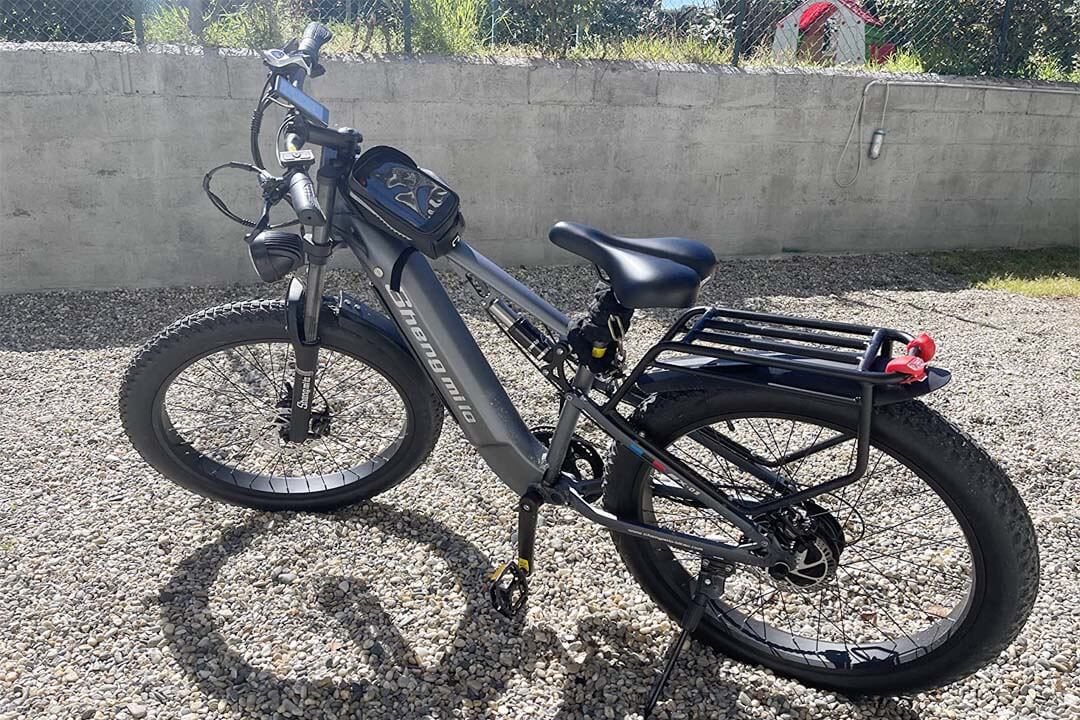
Battery safety is of utmost importance because batteries, especially lithium-ion batteries, can be dangerous if not handled properly. Lithium-ion batteries are commonly used in many consumer electronics, electric vehicles, and even spacecraft due to their high energy densities and long cycle lives. However, if a battery is damaged, overcharged, or subjected to high temperatures, it can catch fire or explode.
Lithium-ion battery fires typically occur due to a phenomenon called thermal runaway. Thermal runaway is a self-sustaining reaction that occurs when a battery overheats and one part of the battery gets hot enough to cause adjacent parts to heat up as well. This causes a chain reaction that generates more heat and leads to the release of flammable gases, causing an explosion or fire.
There have been several incidents of lithium-ion battery fires in recent years. For example, the Samsung Galaxy Note 7 was recalled in 2016 after reports of the batteries catching fire. In 2013, a Boeing 787 Dreamliner had to be grounded for several months after two separate incidents of battery fires on board. These incidents highlight the importance of battery safety in preventing potentially catastrophic accidents.
To prevent battery fires, it is important to handle and store batteries properly. Avoid exposing them to extreme heat or cold, and do not puncture or damage the battery. Always use the correct charger and cable for your device, and do not overcharge your battery. If you notice any signs of swelling or damage to the battery, stop using it immediately and seek professional assistance. By taking these precautions, you can help ensure the safe and proper use of your batteries.
Understanding lithium-ion batteries
Lithium-ion batteries are rechargeable batteries that are commonly used in portable electronic devices like smartphones, laptops, and tablets. They are also used in electric vehicles and other energy storage applications.
Components of a lithium-ion battery
The components of a lithium-ion battery include the anode (negative electrode), cathode (positive electrode), separator, electrolyte, and current collectors. The anode is typically made of graphite, while the cathode can be made of materials like lithium cobalt oxide or lithium iron phosphate. The separator is a membrane that allows ions to pass through but prevents the electrodes from touching. The electrolyte is a liquid or gel that facilitates the movement of ions between the electrodes.
How they work
When a lithium-ion battery is charged, lithium ions move from the cathode to the anode through the electrolyte. When the battery is discharged, the process is reversed, with lithium ions moving from the anode to the cathode. This movement of ions generates a flow of electrons, which can be harnessed as electrical energy.
Common causes of battery fires
Common causes of battery fires include overcharging or overheating of the battery, physical damage to the battery, or manufacturing defects. Overcharging a lithium-ion battery can cause it to heat up and potentially catch fire. Physical damage to the battery, such as puncturing, crushing, or bending, can also cause internal damage and lead to a fire.
Signs of potential battery malfunctions
Signs of potential battery malfunctions include swelling, overheating, or a decrease in performance. If a battery becomes swollen or feels hot to the touch, it may be a sign of internal damage and should be replaced. A decrease in battery performance, such as shorter battery life or slower charging times, could also indicate a problem with the battery. Users should always follow manufacturer guidelines for the safe use and charging of lithium-ion batteries.
Tips on Charging Your E-Bike Battery
Use the right charger
Always use the charger that came with your e-bike or one that the manufacturer suggests. Using a different charger can damage the battery and potentially cause a fire.
Don't overcharge your battery
Overcharging can cause damage to the battery cells and reduce the lifespan of your battery. Most e-bike batteries have a built-in management system that prevents overcharging, but it's still important to monitor the charging process and unplug the charger when the battery is fully charged.
Avoid charging in extreme temperatures
Charging your e-bike battery in extreme temperatures, such as below freezing or above 100 degrees Fahrenheit, can damage the battery cells and reduce the lifespan of your battery. It's best to charge your battery at room temperature.
Keep an eye on the charging process
While charging your battery, keep an eye on the charging process and make sure the charger and battery are not overheating. If you notice any unusual smells or if the battery becomes hot to the touch, immediately stop charging and contact the Shengmilo manufacturer for assistance.
Best Practices for Storing Your Battery
Choose the right storage location
Store your battery in a cool, dry, and well-ventilated area. Avoid storing it in direct sunlight or near sources of heat, such as radiators or ovens. Also, keep it away from flammable materials and children.
Disconnect the battery when not in use
If you're not planning to use your battery for an extended period, disconnect it from your e-bike and store it separately in a safe place. This helps prevent any accidental discharge of the battery and also reduces the risk of damage to the bike's electrical system.
Store at the optimal temperature range
Lithium-ion batteries perform best when stored within a specific temperature range. Typically, this range falls between 32°F (0°C) and 68°F (20°C). Storing your battery outside of this range can cause damage to the cells and reduce the lifespan of your battery.
Regularly check and maintain your battery
While in storage, it is important to periodically check the charge level of your battery and recharge it if necessary. Most manufacturers recommend charging the battery to around 50% before long-term storage. Additionally, keep the battery clean and free of debris by wiping it down with a soft, dry cloth.
Safe Usage of Your E-Bike Battery
Follow the manufacturer's instructions
Always follow the Shengmilo manufacturer's instructions for charging, using, and maintaining your e-bike battery. This ensures that you're using the battery safely and correctly.
Monitor battery performance
Keep an eye on your battery's performance, such as its charge level, range, and speed. If you notice any significant changes in performance, it could indicate a problem with the battery or the e-bike itself. Address any issues promptly to prevent further damage.
Avoid overloading your bike
Don't carry more weight than your e-bike can handle, as this can put excessive strain on the battery and motor. Usually, the Shengmilo manufacturer specifies the maximum load capacity in the user manual.
Check for damaged or frayed wires
Inspect the wires and connections on your e-bike regularly to make sure they're not damaged or frayed. Damaged wires can cause short circuits and potentially lead to a fire.
What to Do If There's a Fire
Alert others
If you notice a fire, alert others in the area immediately. Shout "Fire!" to make sure everyone is aware of the danger.
Evacuate the building
Leave the building as quickly and safely as possible. Do not stop to gather your belongings or investigate the source of the fire.
Stay low
If there is smoke, stay low to the ground, where the air is less toxic.
test doors before opening them
Use the back of your hand to touch closed doors before opening them. If the door is hot, do not open it, as it may lead to the spread of the fire.
Use the stairs
Avoid using elevators during a fire, as they may malfunction or open onto a floor that is on fire.
Have a designated meeting spot
Select a safe spot outside the building where everyone can meet after evacuating.
Call emergency services
Once you are outside the building, call 911 or the local emergency number to report the fire. Provide the operator with the address and any other relevant information about the situation.
In conclusion, e-bike battery safety is an important issue that cannot be ignored. Whether you are using a device at home or on the go, it is crucial to follow proper safety precautions to avoid accidents. The recap of battery safety tips discussed above highlights some essential measures that can help you protect yourself and your devices.
It is important to emphasize the significance of e-bike battery safety and encourage everyone to take these tips seriously. By being mindful of the condition of your batteries and chargers and following safe handling and disposal practices, you can help prevent fires, explosions, and other hazardous situations. It is always better to err on the side of caution when it comes to e-bike battery safety, and by putting these measures into practice, you can ensure that you and those around you stay safe while enjoying the convenience of modern technology.


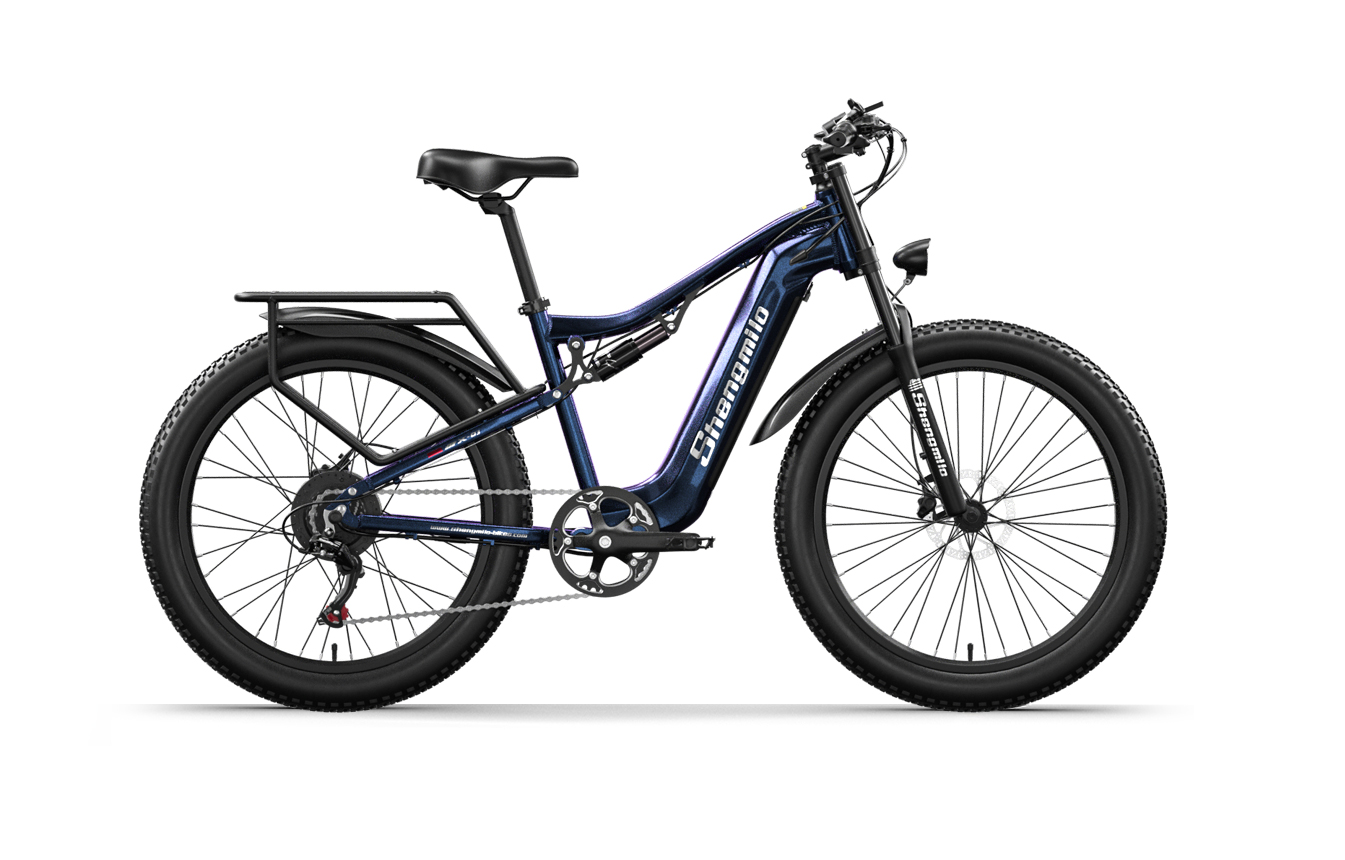
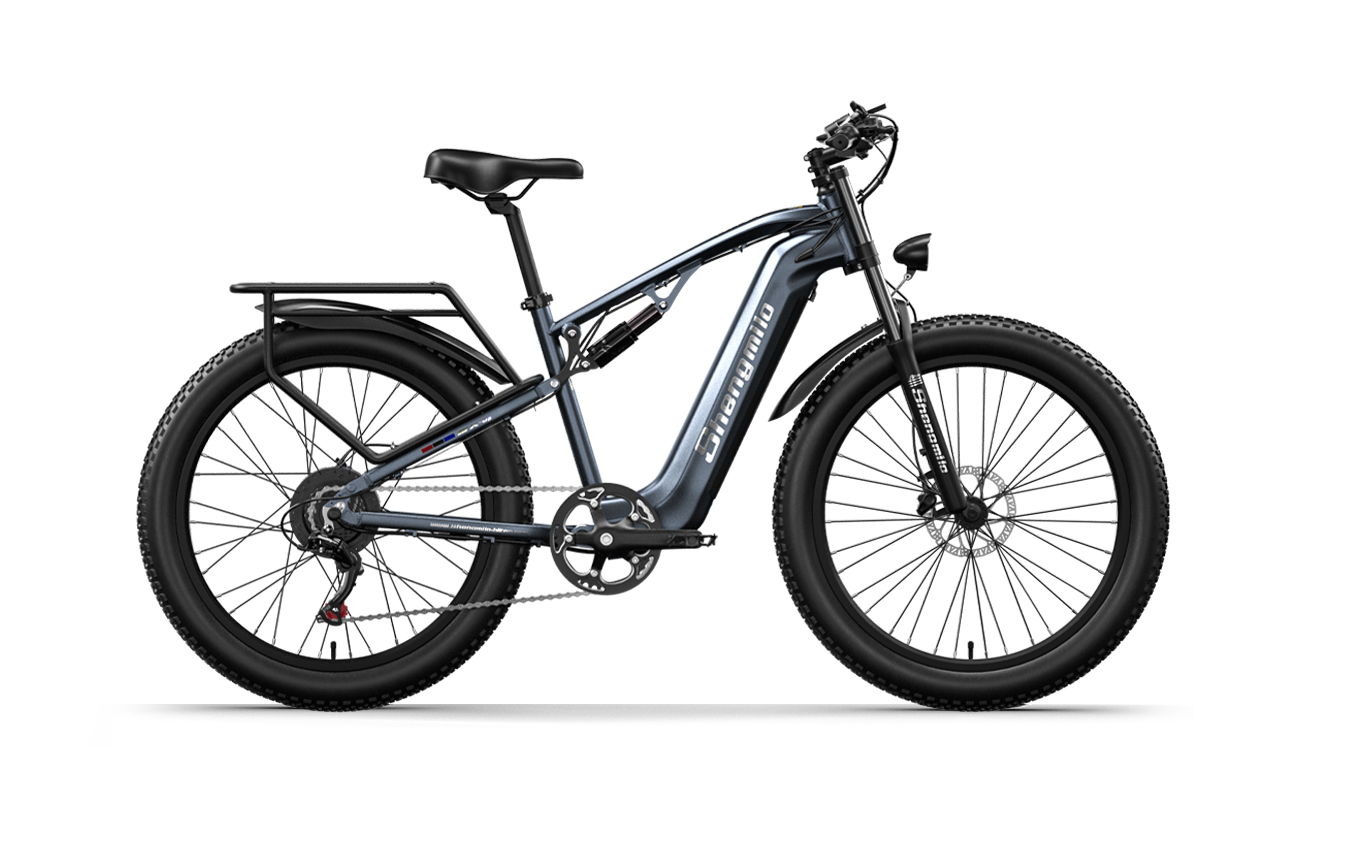


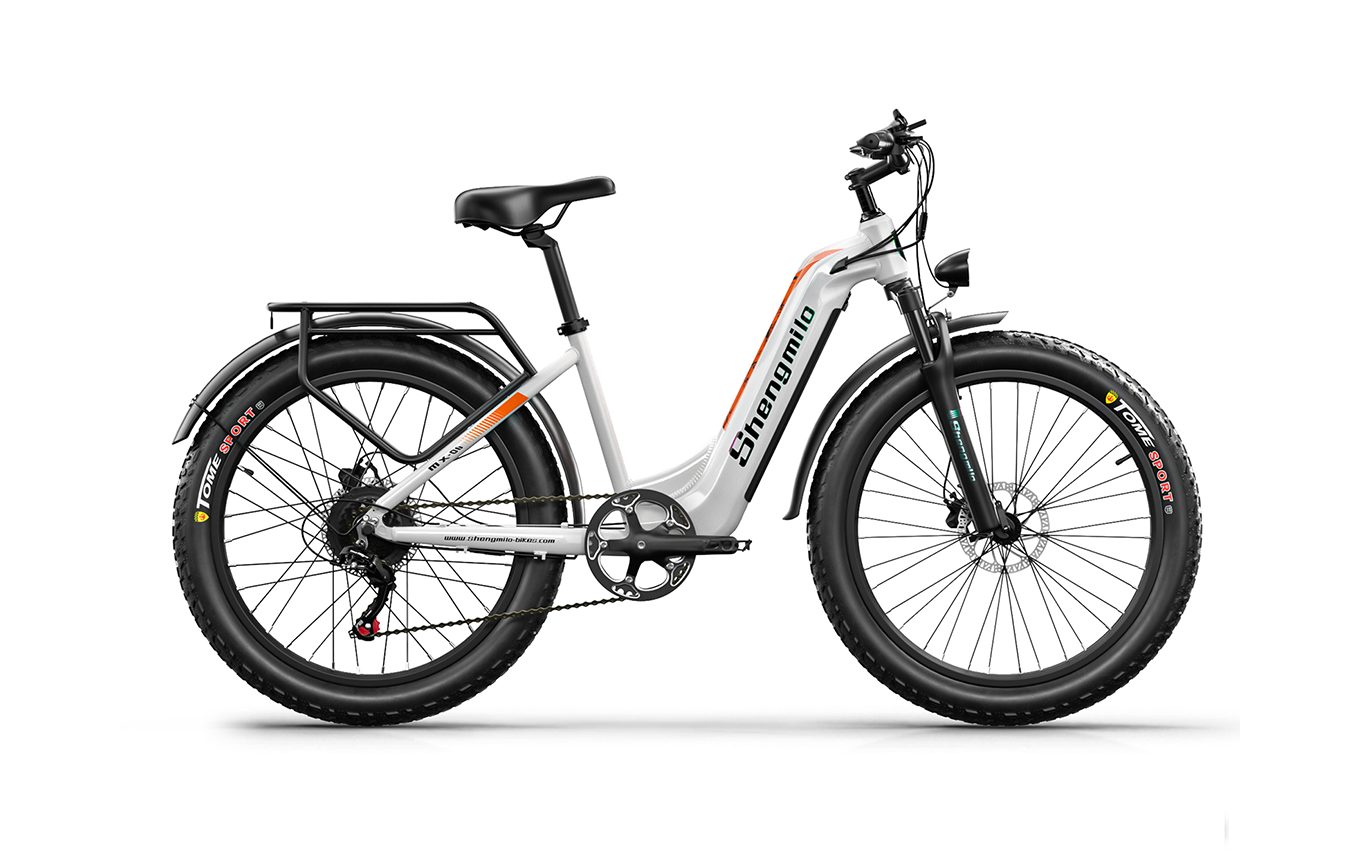
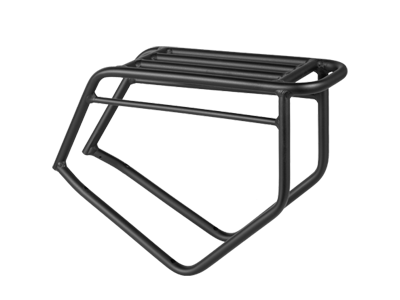
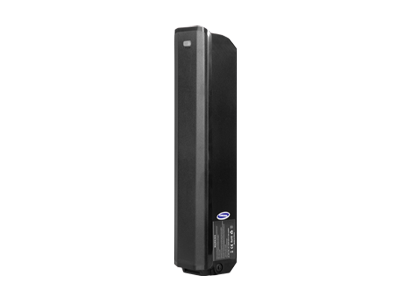
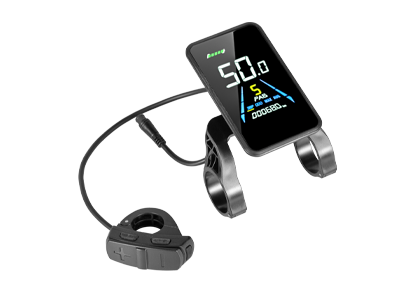
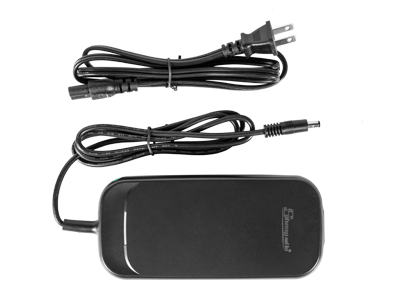
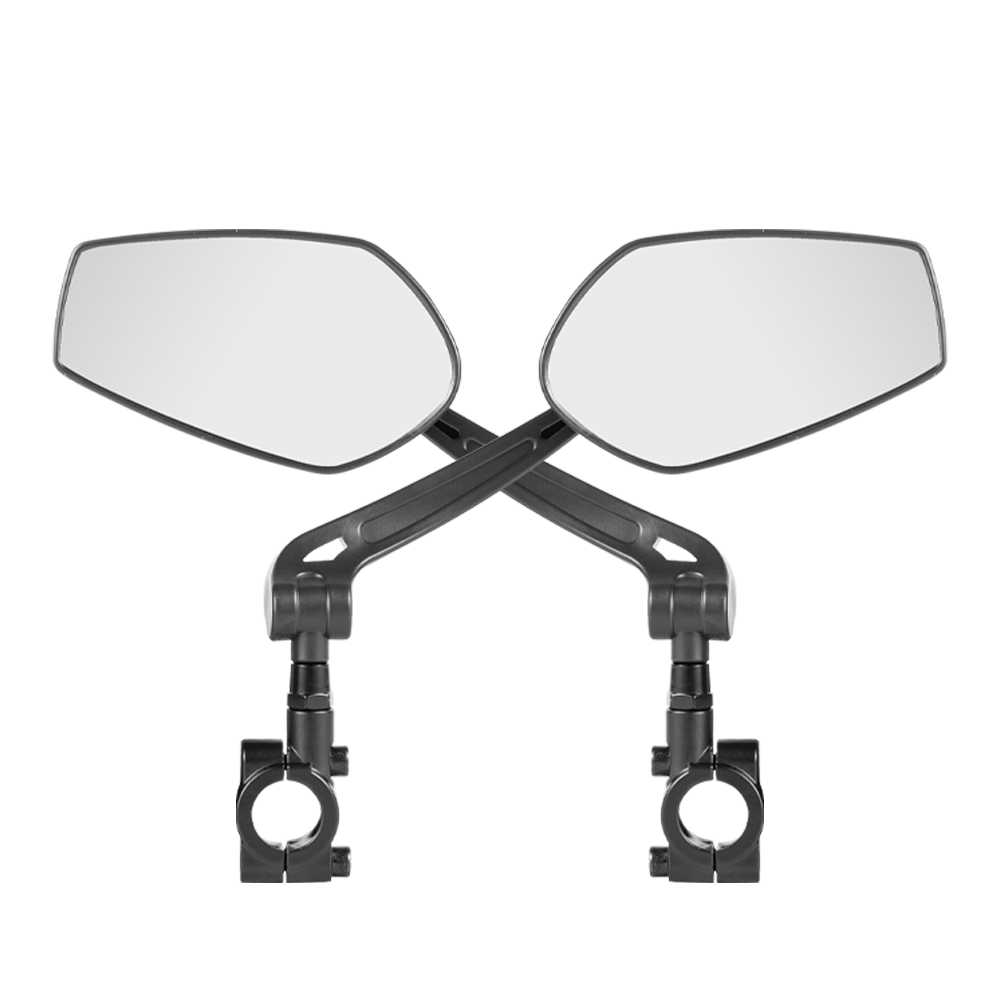
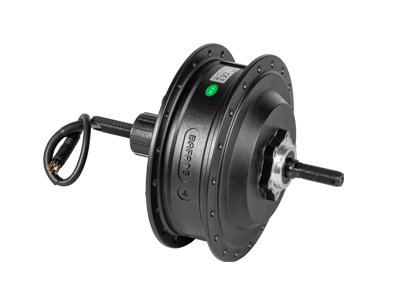

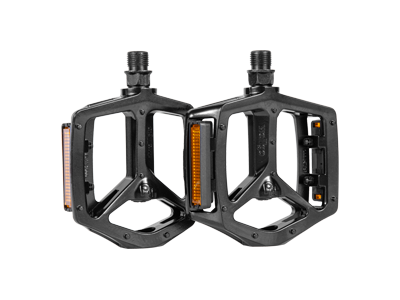
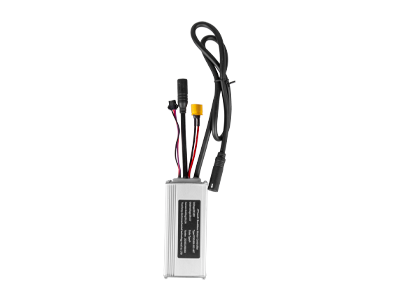
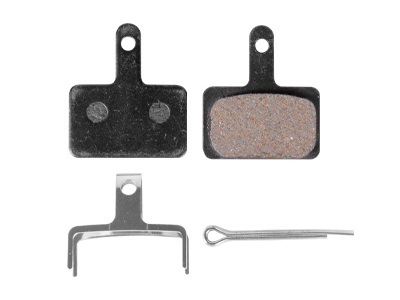







Leave a comment